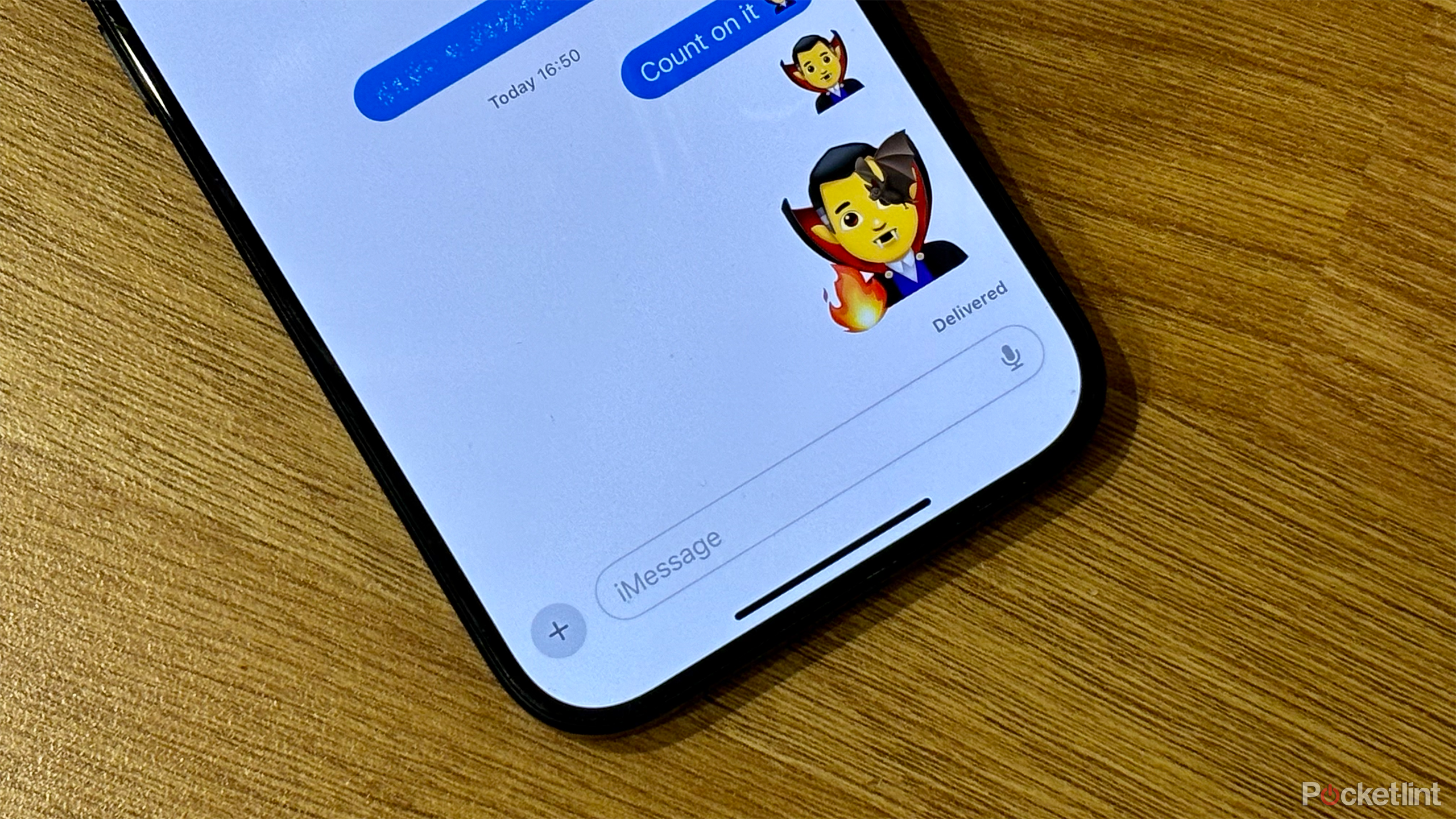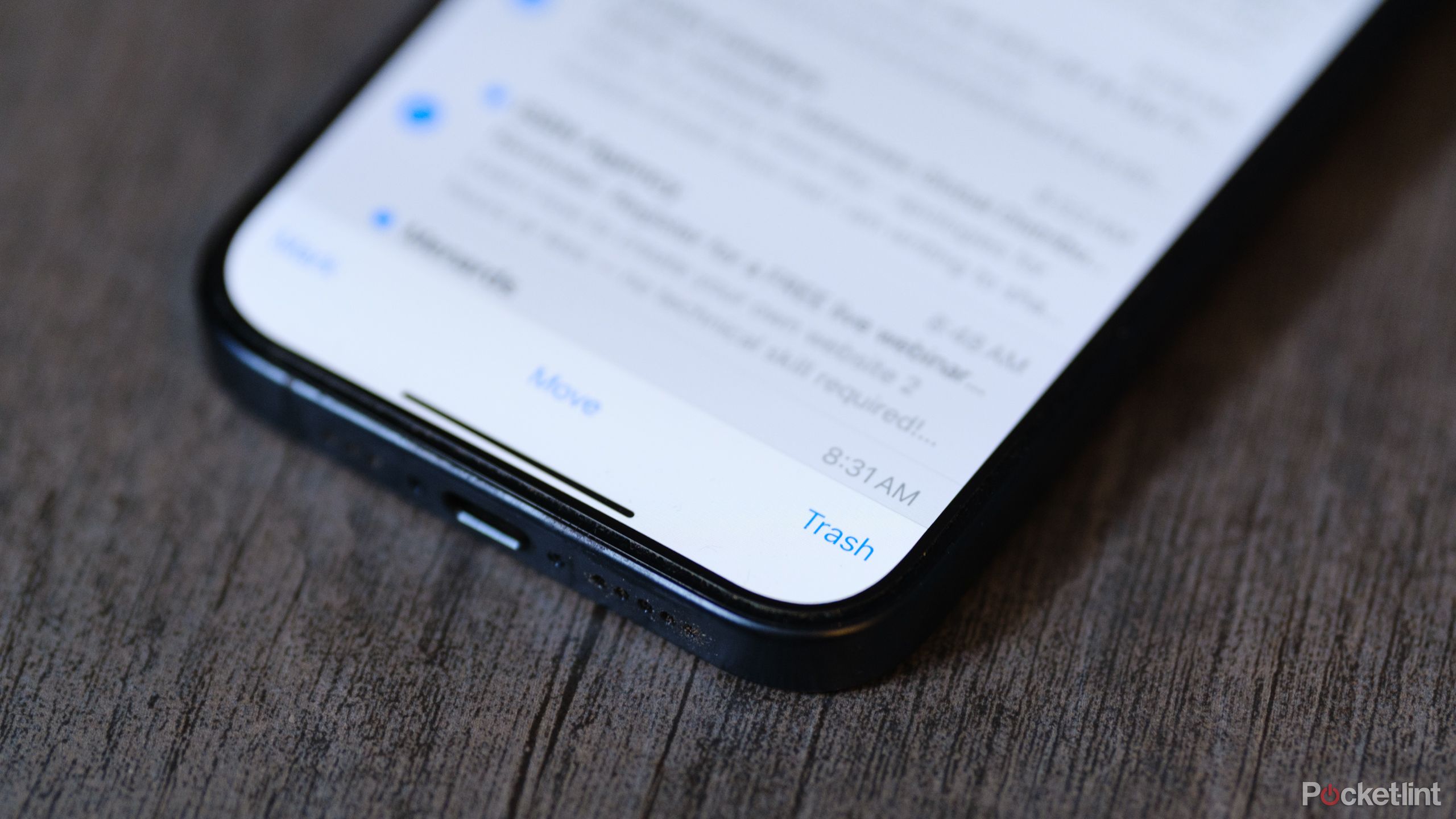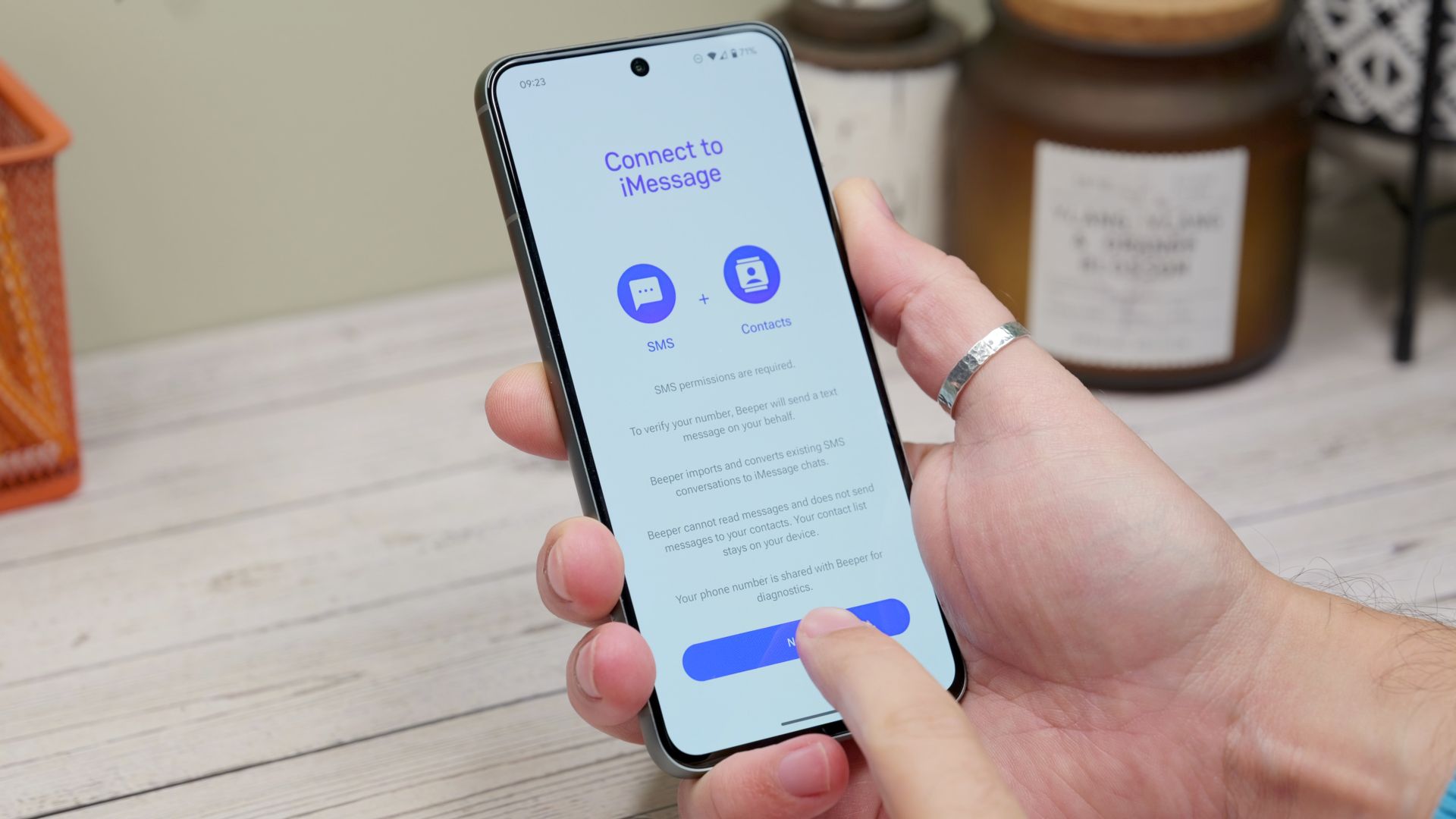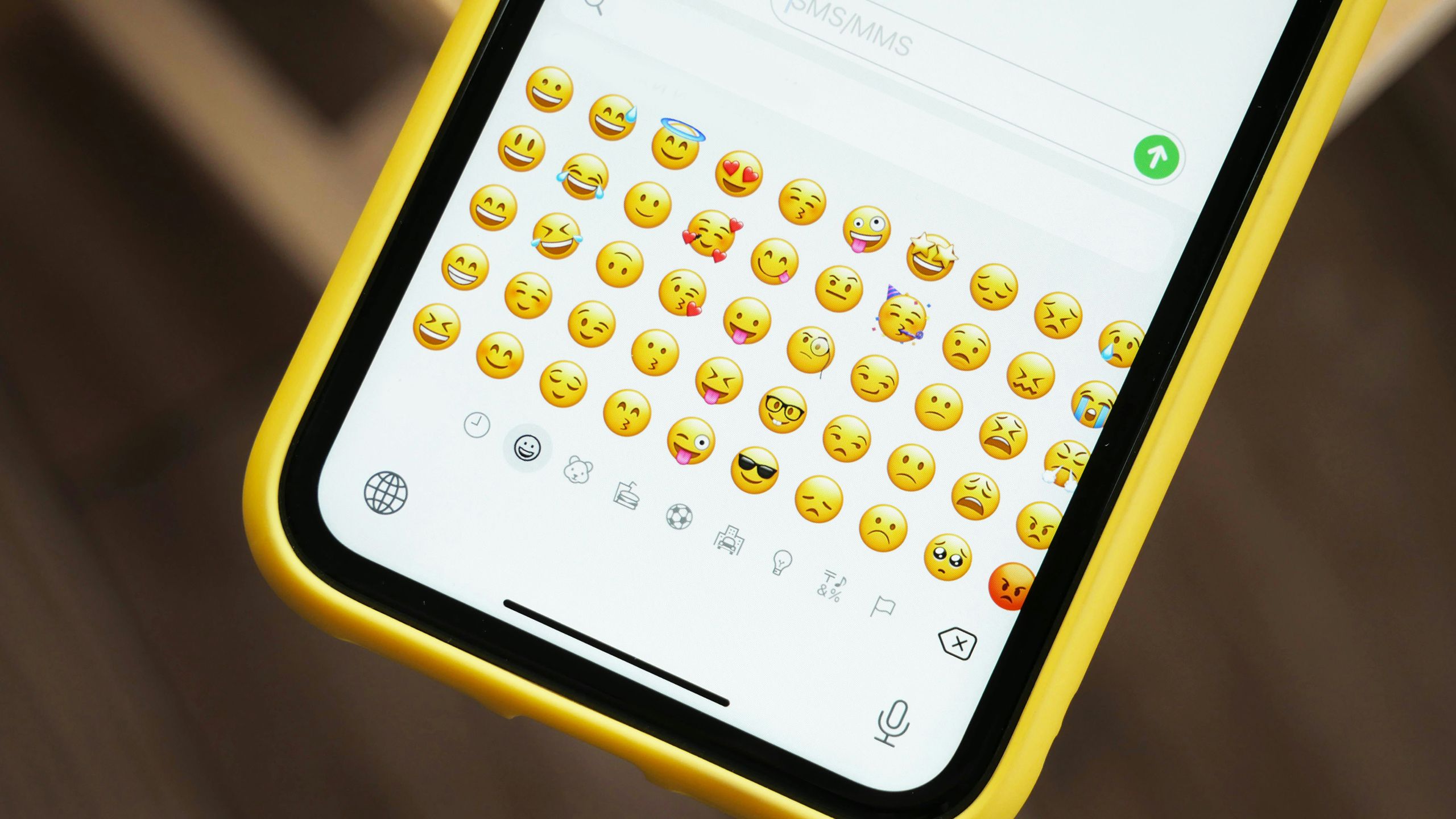Key Takeaways
- RCS will bridge the messaging gap between iPhone and Android.
- RCS messages will maintain rich formatting across platforms.
- Apple’s iMessage won’t change, RCS messages will be green like SMS.
Google’s goal of making Rich Communication Services (RCS) a universal messaging protocol is getting closer to becoming a reality. When RCS support for iPhone is rolled out later in the upcoming year, the constraints of SMS and MMS will no longer loom over messaging exchanges between iPhone and Android users.
While availability may still fluctuate among carriers, all three major US carriers endorse RCS, with the vast majority of global carriers following suit. So, starting in 2024, it’ll be possible for iPhone 15 and Pixel 8 owners to exchange RCS messages. And the same goes for any iPhone and Android phones that support RCS.
Starting in 2024, it’ll be possible for iPhone 15 and Pixel 8 owners to exchange RCS messages. And the same goes for any iPhone and Android phones that support RCS.
What will actually be different for Apple and Android users? While there are many obvious advantages, some questions remain unanswered surrounding iPhone’s support for RCS.
Why Apple finally decided to adopt RCS on iPhone
The iPhone will be adopting RCS later this year, but what took so long to get here? Plus, what differences can you expect?
RCS will bridge the gap between Android and Apple
Messages from Android users will look the same on iPhone
One of the most notable advantages of RCS is its ability to deliver a consistent messaging experience across different platforms and devices. Unlike other messaging solutions that rely on proprietary protocols, RCS operates as an open standard supported by the GSMA, ensuring interoperability between different networks and devices. This means that messages sent via RCS will retain their rich formatting and functionality, regardless of whether received on an iPhone, an Android device, or any other RCS-enabled platform.
Messages sent via RCS will retain their rich formatting and functionality, regardless of whether received on an iPhone, an Android device, or any other RCS-enabled platform.
The incorporation of RCS support is anticipated to bring several enhancements to communications between iPhones and Android smartphones, including:
- Enhanced quality of photos and videos
- Integration of audio messages
- Display of typing indicators
- Visibility of read receipts
- Ability to utilize Wi-Fi for messaging
- Location sharing within text threads
- Enhanced functionality in group chats, including the option for iPhone users to exit a conversation involving Android users
These contemporary features are already accessible within iMessage and many third-party messaging platforms like WhatsApp and Telegram. Unlike conventional SMS, RCS operates seamlessly over mobile data or Wi-Fi connections.
iMessage isn’t going anywhere
And it’s definitely not coming to Android
Despite Apple’s adoption of RCS, the company says iMessage will remain unchanged. It will remain the primary messaging platform exclusively for communication among iPhone users. RCS, on the other hand, will simply replace SMS and MMS and coexist independently of iMessage where accessible. According to Apple, SMS and MMS will still be accessible as fallback options when necessary.
Apple’s move does not entail opening up iMessage to other platforms
Instead, the company is adopting RCS as a separate initiative from iMessage. This development does not entail the availability of iMessage on Android devices. Instead, it introduces Android’s counterpart to iMessage onto the iPhone platform.
Pocket-lint
The bubble wars will continue, for now
RCS messages won’t be the same color as iMessage
Apple has been under pressure from different directions to make its products more compatible with other brands. For example, Apple is probably adopting RCS due to mounting pressure from the European Union following rulings within the Digital Markets Act emphasizing the necessity for messaging apps to interoperate seamlessly.
Recent reports indicate that Apple intends to appeal to the European Union regarding the inclusion of its App Store and iMessage services in the Digital Markets Act. Nevertheless, Apple is proactively addressing any potential regulatory challenges with its recent announcement.
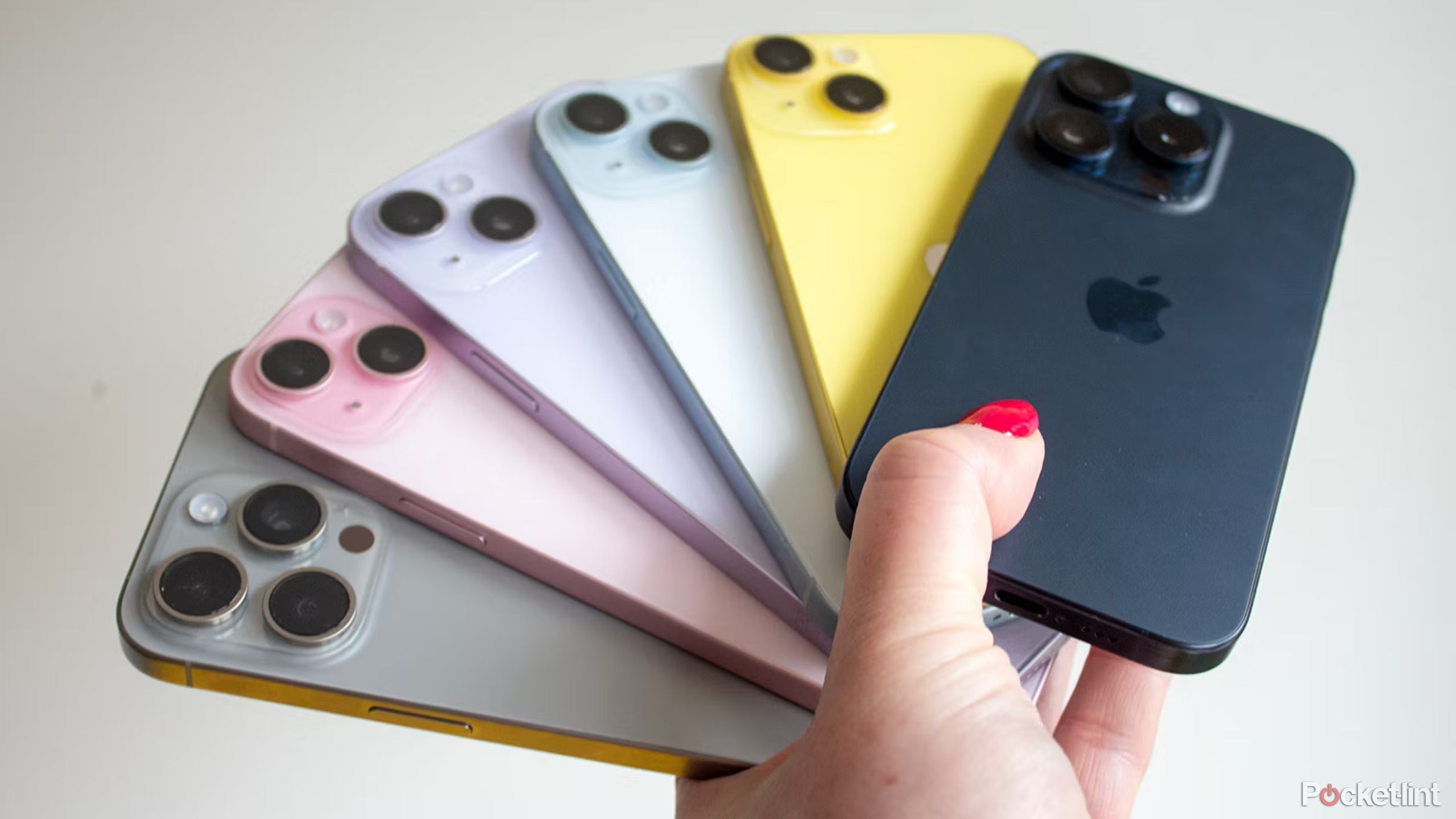
6 reasons I’ll never return to Android, from a recent iPhone convert
Why I put the green text bubbles to bed and switched to an iPhone. Hint: It wasn’t just for the sake of my group chats and improved camera.
The distinction between blue and green bubbles in messaging has also stirred some contention. All Apple users know that iMessage displays bubbles in blue, while default SMS bubbles appear in green. So, when they get messages from Android users, they see a different color. Critics argue this disparity signifies to consumers that Android phones are inferior.
So, what color will RCS messages be?
According to Apple, RCS messages will be green like SMS messages, which is surprising since the company is already under scrutiny from the US Department of Justice and the EU for potential antitrust law violations. Fortunately, it’ll be an easy fix if courts decree that all bubbles must adhere to the same hue.
Unsplash
RCS must shore up security
RCS should embrace end-to-end encryption
Apple has always emphasized that iMessage boasts significantly higher levels of security and privacy compared to RCS. iMessage employs end-to-end encryption, and Apple has recently enhanced this with the introduction of Advanced Data Protection for Messages on iCloud. In contrast, Apple states that the encryption currently employed by RCS does not match the robustness of iMessage’s security measures.
Apple has pledged to collaborate with members of the GSMA to enhance the RCS protocol, particularly focusing on bolstering the security and encryption standards of RCS messages. Apple has clarified that it will refrain from implementing any proprietary end-to-end encryption layers on top of RCS. Rather, the company’s efforts are directed toward refining the RCS standard itself.
For comparison, Google’s approach to end-to-end encryption is integrated within the Messages app on Android rather than being inherent to the RCS specification itself. Hopefully, that will change soon.
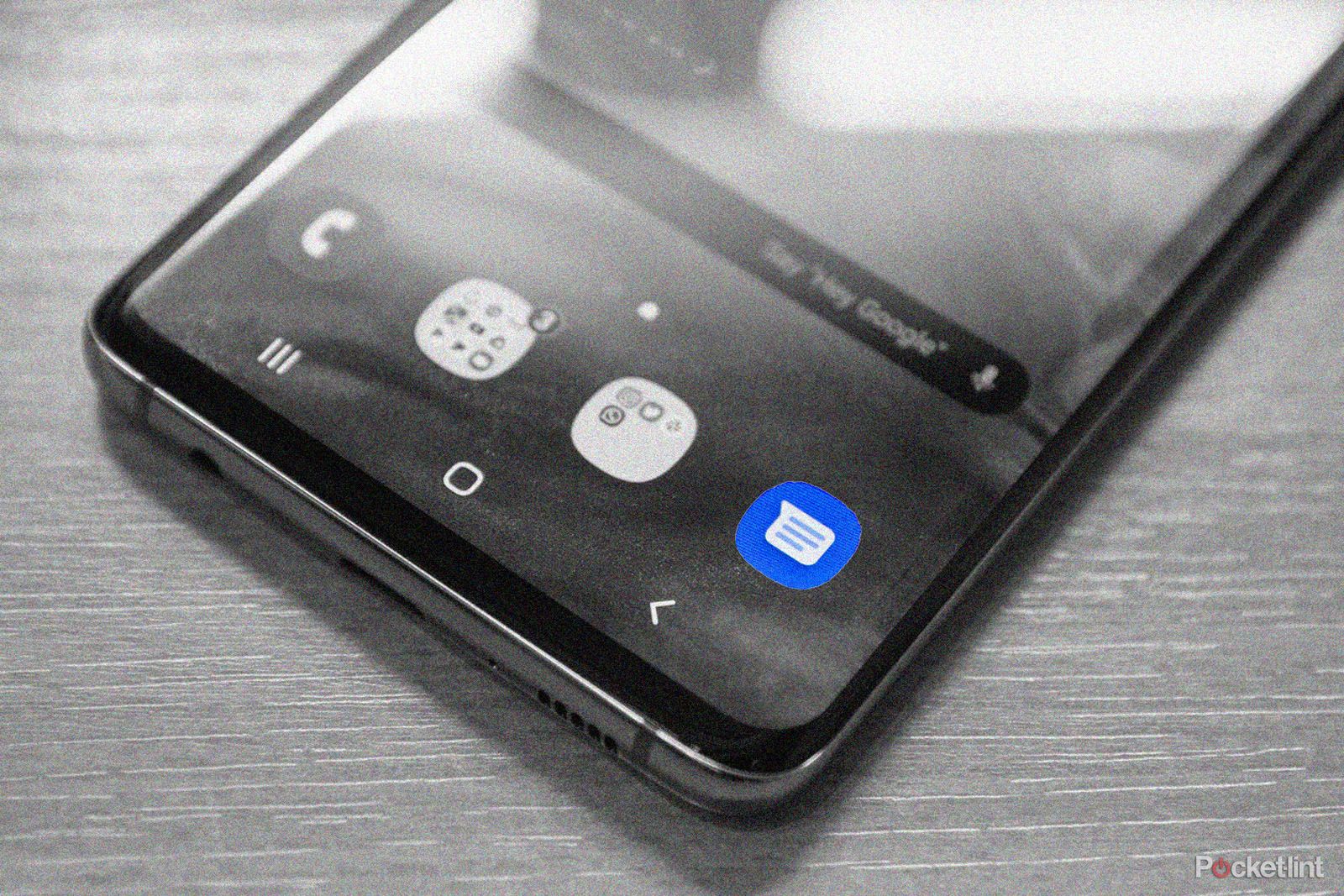
Google Messages might offer end-to-end encryption on RCS
RCS is heralded as the next generation of messaging, bringing a range of advanced features to messaging that you currently don’t get in normal SMS.
We’ll likely learn more at WWDC 2024 on June 10, when Apple is expected to introduce iOS 18. RCS will officially come to iPhones this fall, in all likelihood. That gives GSMA, Google, and Apple time to make RCS more secure.
Trending Products

Cooler Master MasterBox Q300L Micro-ATX Tower with Magnetic Design Dust Filter, Transparent Acrylic Side Panel…

ASUS TUF Gaming GT301 ZAKU II Edition ATX mid-Tower Compact case with Tempered Glass Side Panel, Honeycomb Front Panel…

ASUS TUF Gaming GT501 Mid-Tower Computer Case for up to EATX Motherboards with USB 3.0 Front Panel Cases GT501/GRY/WITH…

be quiet! Pure Base 500DX Black, Mid Tower ATX case, ARGB, 3 pre-installed Pure Wings 2, BGW37, tempered glass window

ASUS ROG Strix Helios GX601 White Edition RGB Mid-Tower Computer Case for ATX/EATX Motherboards with tempered glass…


